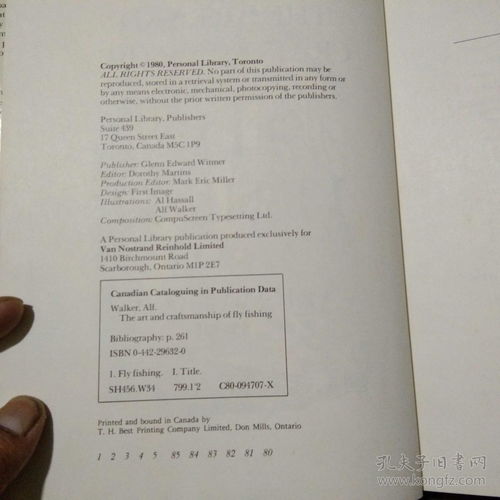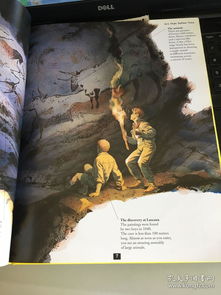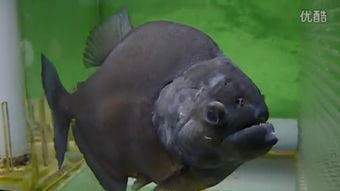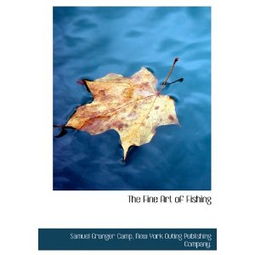Content:
When it comes to fly fishing, the success of your outing often hinges on the quality and efficiency of your tackle setup. One of the most crucial components of your tackle is the line and leader combination. The right line and leader can make the difference between a memorable catch and a frustrating day on the water. In this article, we'll delve into the intricacies of line and leader pairing, offering you a comprehensive guide to optimizing your fly fishing setup.
Understanding the Line
Before we dive into the specifics of line and leader pairing, it's important to understand the different types of fly fishing lines available:

Weight Forward (WF) Lines: These are the most common lines used in fly fishing. They feature a weight-forward taper, which helps the line and fly to cast more efficiently. WF lines are categorized by their weight, which corresponds to the weight of the line itself, not the weight of the fly.
Floating Lines: As the name suggests, these lines float on the water's surface, making them ideal for fishing dry flies and emergers.
Sinking Lines: Sinking lines are designed to submerge below the surface, allowing you to fish subsurface flies like nymphs and streamers more effectively.
Intermediate Lines: These lines have a neutral buoyancy, sinking slightly below the surface but not as quickly as sinking lines.
Clear/Invisible Lines: These lines are made from materials that are less visible to fish, which can be particularly useful in clear water conditions.
Choosing the Right Line Weight
The weight of your line should be chosen based on the type of fishing you're doing and the conditions you're facing. Here's a general guide:
- Stream and River Fishing: For smaller streams and rivers, a lighter line weight (like 4 or 5) is usually sufficient.
- Larger Rivers and Stillwaters: A heavier line weight (6 to 8) can help you cast longer distances and manage larger flies.
- Saltwater Fishing: Saltwater fly fishing often requires heavier line weights (8 to 12), as you'll be dealing with stronger currents and larger fish.
Understanding the Leader
The leader is the part of your fly fishing setup that connects the fly line to the fly. It's made up of several components:
Tippet: The smallest diameter section of the leader, which is tied directly to the fly. Tippet material can range from 0.5x to 6x in thickness, with 'x' representing the degree of light transmission through the material. Thinner tippets are less visible to fish and are better for delicate presentations.
Butt Section: The thicker part of the leader that connects to the fly line. This section is usually made of the same material as the fly line for consistency.
Shimano Line: A short, thin section of line that is tied between the fly line and the butt section to help prevent the tippet from unraveling.
Pairing the Line and Leader
The key to a successful line and leader pairing is to ensure that the leader's strength and diameter are appropriate for the fly line weight and the fishing conditions. Here's how to pair them:
- Line Weight: The weight of your leader should be roughly 10% to 15% heavier than your fly line weight. For example, if you're using a 5-weight line, your leader should be around 5.5 to 6 weight.
- Tippet Length: The length of your tippet depends on the type of fishing. For dry fly fishing, a shorter tippet (around 9 to 12 inches) is typically used. For nymphing and streamer fishing, a longer tippet (up to 18 inches) may be more effective.
- Tippet Material: Choose a tippet material that matches the fishing conditions. In clear water, a thinner, less visible material is preferable. In murky water, a thicker tippet may be less likely to spook fish.
Conclusion
Perfecting your line and leader pairing is a skill that takes time and practice to develop. By understanding the different types of lines and leaders, and how to match them to your fishing conditions, you'll be well on your way to becoming a more effective fly fisherman. Remember, the right setup can make all the difference in your fly fishing experience, so take the time to experiment and find the combination that works best for you. Happy fishing!












